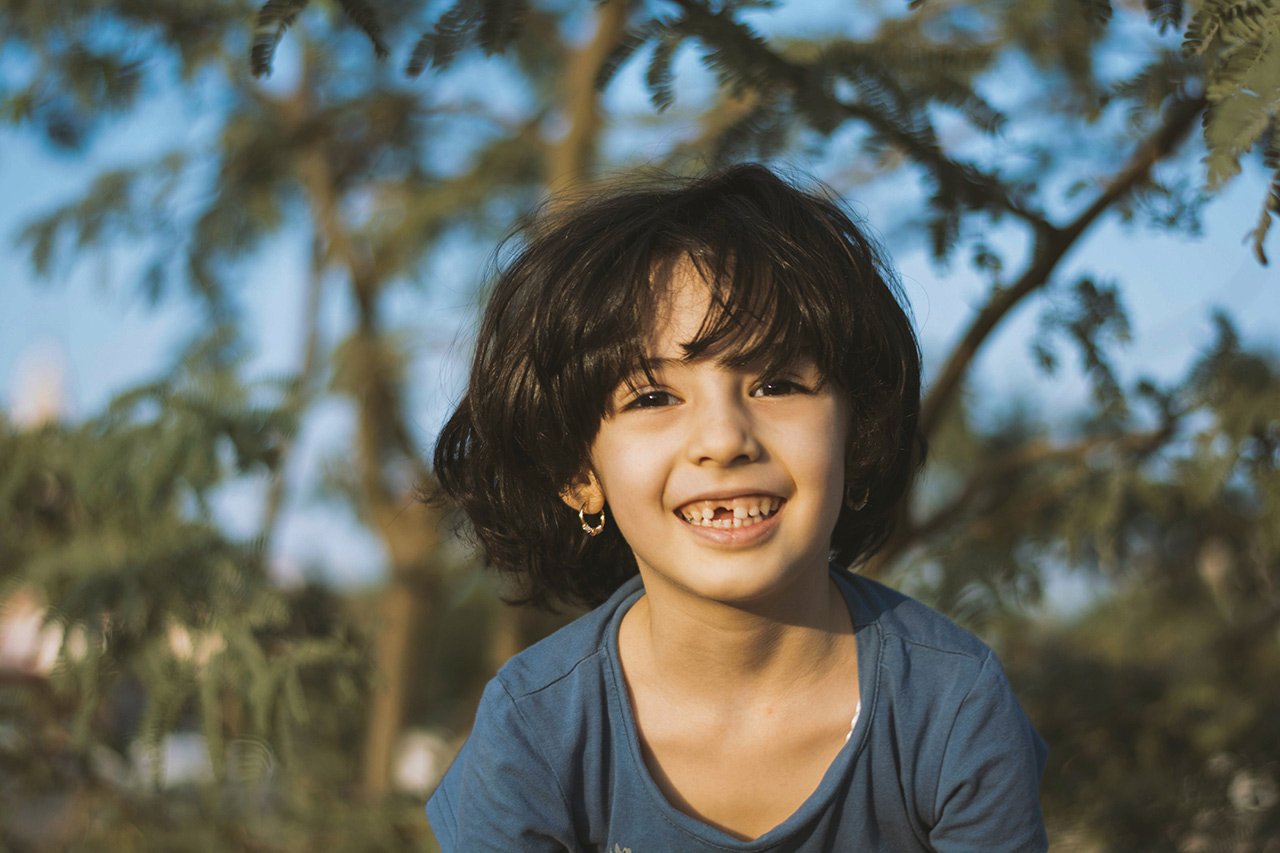
As young people grow up, their mental wellness is constantly evolving and responding to the world around them. The challenges young people face are intricate and unique, shaped by a complex variety of societal, technological, and personal factors. For educators and caregivers, it’s important to note that mental health disorders can manifest at any stage of life, including childhood, adolescence, and adulthood. In honor of Children’s Mental Health Week, we’re interested in deepening our understanding of some of the most prevalent mental health conditions that affect today’s young people. The more we address these common disorders with open eyes and hearts, the better equipped we will be as a caring community to prevent suffering and harm.
During a child’s development before age 5, early experiences and relationships play a crucial role in shaping their emotional well-being. Attachment to caregivers, exposure to a safe and nurturing environment, and consistent support contribute to healthy socio-emotional development. Even for infants, traumatic experiences, neglect, or disruptions in attachment during this period can increase the risk of mental health challenges later in life. School-aged children ages 6-12 are in the throes of forming a sense of identity, self-esteem, and social connections. Factors like school-related stress, bullying, or household instability can dramatically impact their mental health during this period. During their adolescence, young people experience heightened vulnerability to mental health disorders like anxiety, depression, and eating disorders. Social pressures, academic stress, family relationships, and body image concerns can contribute to the susceptibility of mental health challenges.
Anxiety, ADHD, depression, and substance abuse disorder are the most prevalent mental health issues that young people face. Read on to delve into these critical mental health issues and to understand how you can create conditions that will nurture and support young people as they navigate the challenges of childhood and adolescence.
Anxiety and Stress: The Silent Struggles
Anxiety is one of the most pervasive issues that affects today’s youth. Anxiety disorders affect about 5.8 million American children, according to the Centers for Disease Control. Girls and young women are more likely to experience anxiety disorders than their male counterparts; however, the prevalence of anxiety is trending upward in general. This should concern parents, educators, and caregivers as anxiety can have meaningful consequences in children’s daily experiences. Anxiety can have a significant impact on academic performance as students dealing with anxiety may struggle with concentration, test-taking, and overall school attendance. Anxiety disorders often co-occur with other mental health conditions, making it more difficult for young people to receive precise diagnoses and support.
Whether or not a child is diagnosed with an anxiety disorder, chances are, they have experienced stress. Pressure to succeed and overcome what can feel like enormous hurdles amid uncertainty about the future contributes to a heightened sense of stress among young people. When stress goes unmanaged or unacknowledged, it can deepen into a more severe anxiety issue. Educators can help mitigate this cycle by emphasizing personal growth and holistic care as core to children’s academic experience. It is crucial to recognize the importance of fostering a healthy school and home environment that encourages self-discovery and resilience.
Attention Deficit Hyperactivity Disorder: A Barrier Between Children and Learning
ADHD is one of the most common neurodevelopmental disorders in young people and affects over 8% of children in the United States, according to the American Psychiatric Association. People with ADHD suffer from patterns of inattention, hyperactivity, and impulsive actions. They struggle to focus their attention and are prone to making careless mistakes, forgetting things, and being easily distracted. Children with ADHD may show distracting behaviors, such as fidgeting, difficulty sitting still, excessive talking, and difficulty waiting for their turn.
ADHD often coexists with other conditions, such as learning disabilities, anxiety disorders, and mood disorders. Recognizing and addressing co-occurring conditions is important when providing comprehensive care for children with ADHD. Despite how commonly ADHD occurs, people with the disorder are forced to navigate social stigma. In some people, ADHD will continue throughout their lifetime, though it may take different forms or have other side effects as young people mature.
Depression: A Shadow Over Young People
Depression is another common mental health condition among young people. The Centers for Disease Control have recorded that over 6% of young people have experienced depression by their 18th birthday. The prevalence of major depressive episodes tends to increase with age during adolescence. The Substance Abuse and Mental Health Services Administration’s data shows that, in the United States, the percentage of adolescents aged 12-17 experiencing a major depressive episode in the past year was around 20% - which reflects a sharp increase from previous years.
Adults need to be vigilant in monitoring for depression – while not all cases are severe, it can be have catastrophic outcomes. Depression is a significant risk factor for suicide, and young people are particularly vulnerable. According to the C.D.C., suicide was the second leading cause of death among people aged 10-34 in the U.S. in 2019.
Despite the prevalence of depression among young people, there are often gaps in how it is treated. Some common barriers to accessing mental health services include stigma, lack of awareness, and a lack of resources. Open conversations can open life-saving doors to healing and recovery. If young people do not communicate openly with the adults in their lives, their suffering can go unnoticed, or they might feel unwilling to talk about their difficult emotions.
Substance Abuse: Escaping the Pain
In the pursuit of relief from the pressures and struggles of life, some young people turn to alcohol, drugs, and other addictive substances. Substance use disorder is a serious and complex condition characterized by a persistent pattern of substance use that leads to impairment or distress. About 14% of individuals aged 12-17 experimented with illicit drugs in 2021, creating a dangerous scenario for possible addiction.
Substance use during adolescence can have a lasting effect on brain development, affecting functions like memory, attention, and decision-making. Substance use disorder in young people leads to a range of immediate consequences, from academic difficulties to social struggles to physical health problems. Treatment for substance use disorder in young people involves a combination of behavioral interventions, counseling, family therapy, and, in some cases, medication. Early detection and intervention are crucial – without them, young people increase their risk for a lifetime of addiction and health challenges.
The mental health issues faced by today’s youth are multifaceted, requiring a holistic and collaborative approach from families, educators, and community members. At Maryvale, we approach mental healthcare through a comprehensive understanding of the young people in our community, including their families and cultural backgrounds. By fostering a culture of understanding, open communication, and support, we can create an environment that nurtures the mental well-being of the next generation. Join us in addressing these issues head-on to empower today’s youth with resilience, empathy, and a genuine sense of well-being. Learn more about how we engage our community to provide a full suite of mental health services.






